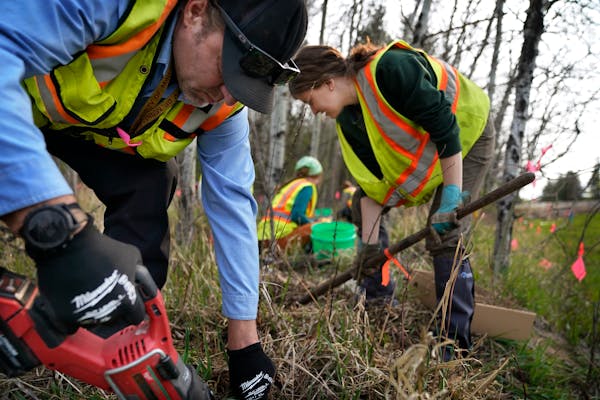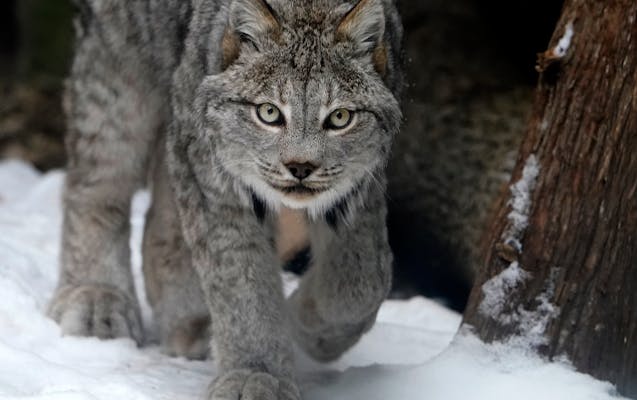
How you can help Minnesota's most endangered animals and plants
Across the state, people are taking measures to save vulnerable species at risk of extinction. Here's what you can do.

These 50 animals and plants have disappeared from Minnesota
Scientists know the actual number of extirpated species is much larger, but we don't have a full picture of what species have lived here.
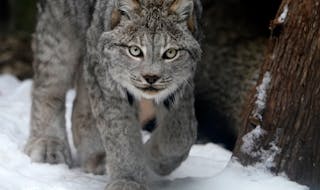
How to save the lynx from extinction? It starts with poop
Two decades after they were declared a threatened species, Canada lynx still need a recovery plan. Their poop, which researchers and volunteers collect in Minnesota, could be crucial in preservation efforts.
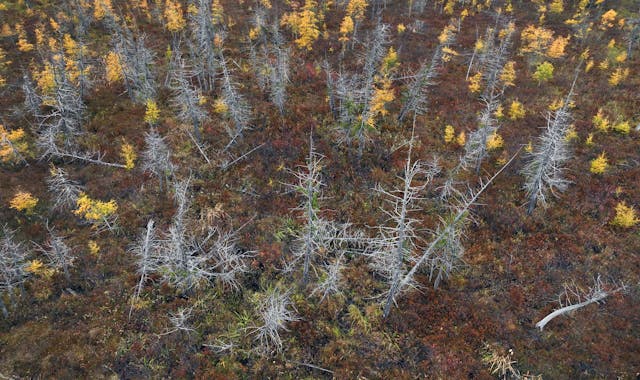
After coexisting for millennia, beetles now eating away Minnesota's tamarack trees
Tamaracks were once the most common trees across Minnesota, but climate change has made them vulnerable to the eastern larch beetle's voracious appetite.
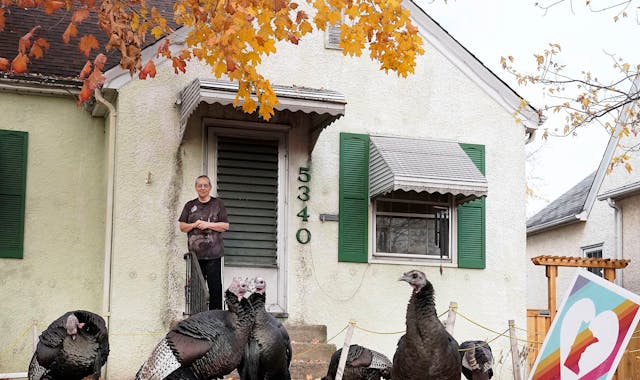
From nearly extinct to occasional nuisance, the fall and rise of Minnesota's wild turkeys
Once nearly extinct, the wild turkey has become one of the United States' biggest conservation success stories. Flocks in Minnesota are now so comfortable that they verge on becoming a nuisance.
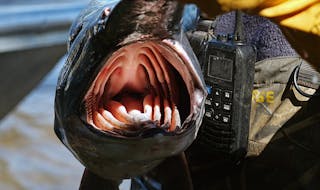
This otherworldly fish in Minn. survived the fall of the dinosaurs — but is struggling now
Paddlefish have survived in Minnesota for 125 million years, but dams and pollution threaten the silent, toothless river giants of the Mississippi and its tributaries.
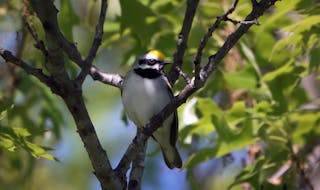
The fate of a rare songbird depends on Minnesota's forests
Minnesota's forests are one of the few significant breeding grounds left for the golden-winged warbler. Now the question is whether conservationists can manage trees and shrubs in a way that will allow the birds' population to grow.
Local

Ravenous earthworms are destroying a ghostly fern and endangering Minnesota forests
Minnesota's Chippewa National Forest is home to most of the world's population of goblin ferns. But time may be running out for the ancient ferns as surrounding forest floors are destroyed by a voracious invader: Earthworms.
Science

This butterfly disappeared from Minnesota. Biologists now fight to save the last few in the world
Beginning in the early 2000s, the Poweshiek skipperling population suddenly cratered in Minnesota, for reasons that aren't yet fully clear. Researchers at the Minnesota Zoo are part of a last-ditch effort to stop the species from dying out.
Science

Its habitat decimated, this charismatic Minnesota bird is dancing on the edge of oblivion
Minnesota's prairie chickens were once so abundant their flocks cast shadows on the ground. But like so many other species, they're dying out.

6th mass extinction is underway in Minn. — but squads of defenders are fighting back
The list of species at risk of statewide extinction grows ever longer. But these vulnerable plants and animals have defenders: In Blaine, scientists and volunteers mobilized to rescue a patch of rare bristle-berries from road construction.
More from Star Tribune
More from Star Tribune
More from Star Tribune
More from Star Tribune
More from Star Tribune
More From Star Tribune
